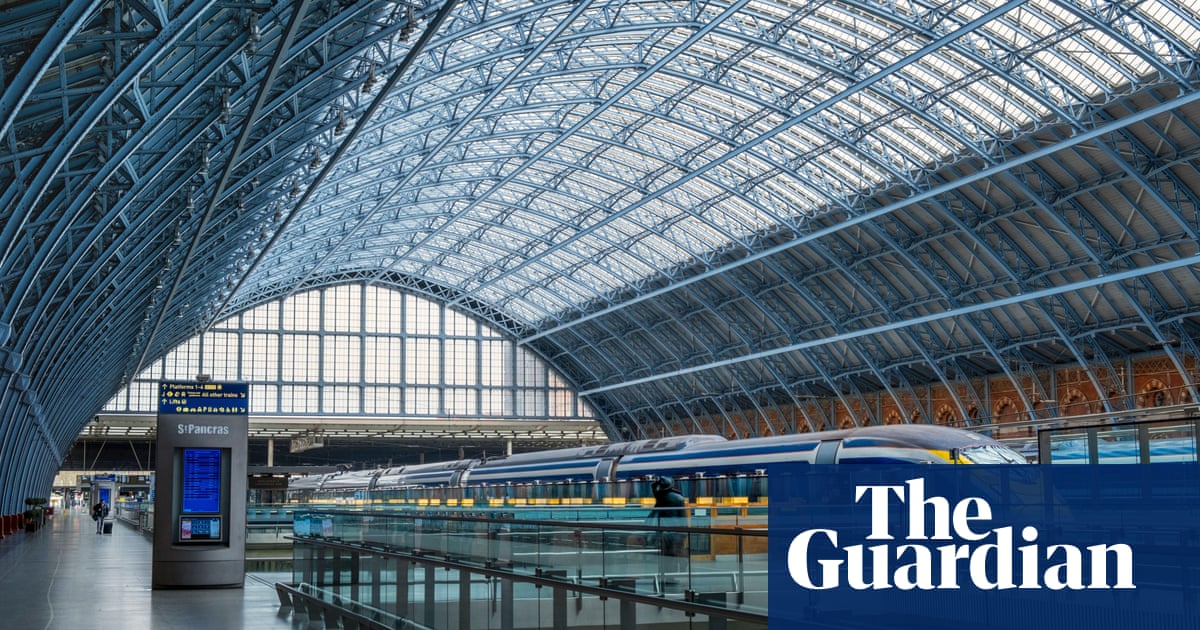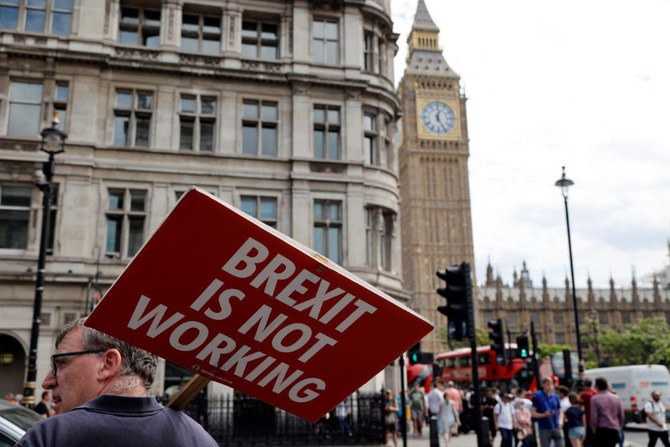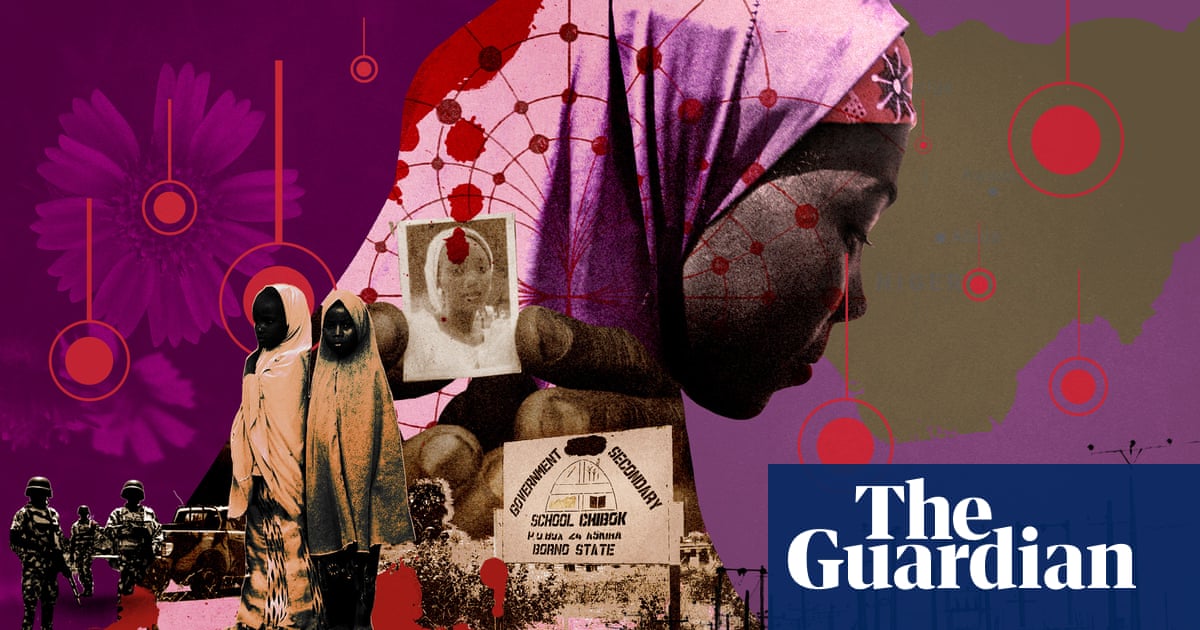
Adieu Mickey Mouse. Tot ziens Amsterdam. Don’t even mention Frankfurt – or the night train to Swansea. The early ambitions of Eurostar have long crumbled like croissants – and now even the remaining places where cross-Channel trains managed to make it are slipping off its map.
The last direct train for Disneyland Paris from Britain has departed, after the London St Pancras to Marne-la-Vallée service ended this month. The Amsterdam route, so long awaited and wildly oversubscribed, is set to be suspended as station renovations in the Dutch capital clash with border requirements exacerbated by Brexit. The train straight to the Mediterranean, to Marseille via Avignon and Lyon, was lost during Covid and will not return.
Now, Eurostar trains visit just six of the 13 stations served in summer 2019, with the limited seats from Amsterdam and Rotterdam likely to disappear next year unless the train operator can find a late solution. Eurostar also does not know if the direct ski train to Bourg St Maurice, revived only on a charter basis for winter sports firms post-Covid, will run again.
The firm, majority owned by French state operator SNCF, is still talking about expansion – but not any more on the British side, or to boost direct trains from London. From now on, growth for Eurostar simply means possible connections and onward routes in Belgium and Germany after the merger with Franco-Belgian operator Thalys.
The two clear agents of doom for Eurostar were Covid and Brexit – the pandemic almost killing the service entirely in 2020 when international travel was all but banned; and Britain’s exit from the EU making stations unviable due to the lack of capacity for increased border requirements.
Thanks to the bureaucracy of Brexit, London St Pancras’s capacity has been cut by a third. Then there is Kent, where Eurostar stops at Ashford and Ebbsfleet have been scrapped for the foreseeable future, leaving behind empty stations and multi-storey car parks.
Yet even as the seventh anniversary of the Brexit vote arrives with a whimper, British ambivalence over Eurostar pre-dates both that and the pandemic, in a long history of dreams ground down into a lesser reality.
The early vision
The construction of the Channel Tunnel, a project once envisaged by Napoleon Bonaparte, was embraced more enthusiastically on the continental side. While Margaret Thatcher pushed for a road link, the French clamoured to be on a high-speed rail route – one that embarrassed the British when the first trains had to apply the brakes and chug up to Waterloo on conventional tracks in 1994.
Nonetheless, the government initially went so far as to invest in a fleet of sleeper trains, with routes far beyond London – Glasgow, Manchester and even Swansea were to have night services to Paris. But the start of cross-Channel services came up against upheaval in the UK rail industry.
Labour peer Tony Berkeley, then a civil engineer at Eurotunnel (the Channel Tunnel’s then operator), says: “It was at a time when privatisation meant no one really knew who was in charge of running the planned north-of-London Eurostars or the sleeper services.”
Mark Smith, the European rail travel expert – whose alias The Man in Seat 61 derives from the best Eurostar seat – says he enjoyed taking the sleepers “from Montreal to Halifax”, after Canadian rail eventually bought the rolling stock that never got used on the Channel.
Private finance vs state assets
Britain did eventually catch up with France, with the high-speed line to a magnificently rebuilt St Pancras opening in 2007 – but at a cost. Recouping the investment saw the government sell the high-speed track, HS1, to a consortium of pension funds on a long-term concession. That took, according to Berkeley, a guarantee of public money from Eurostar, including a premium on track access charges. “The costs of going through the tunnel and HS1 are incredibly high,” he says. “It’s a complete shambles – and the opposite of what’s going on in Europe with lowering charges to encourage more people back on trains.”
Competition on the route never started, and growth projections soon proved optimistic: a target of 10 million passengers a year was reached in 2013, 15 years late. With an election looming the Conservative government jumped at the chance to sell its 40% stake to Canadian pension funds for £757m in 2014, leaving the French SNCF in control. That sale was labelled “value for money for the taxpayer” by the government spending watchdog.
The toll of Covid …
Treasury bean-counters may have considered it an even more provident sale once the pandemic hit, and Eurostar services were reduced to one, largely empty, train a day each way. Despite pleas for support and its net zero commitments, the UK government declared itself without any obligation to a French-owned service, while bailing out domestic train services and loaning billions to airlines.
“Without additional funding from government, there is a real risk to the survival of Eurostar … the current situation is very serious,” Eurostar warned in 2021, amid a 95% collapse in passenger numbers.
With mounting debt, Eurostar survived but retrenched to core routes. Now, though, demand for travel, as airline fares testify, is intense: but Eurostar has not been able to restore its pre-2020 schedules for reasons that Covid initially masked.
… and Brexit
Instead of putting on more trains to meet demand, Eurostar has run up against new border constraints, now stamping passports in separate queues – a process so time-consuming that Eurostar can no longer board everyone on time, and deliberately departs with empty seats. About 350 out of 900 seats are normally left unsold on the first services between London, Paris and Brussels, chief executive Gwendoline Cazenave admitted in January. From Amsterdam, a maximum of 250 of 900 could now be filled because of the lack of space at the station for border controls.
“It’s been Brexit, pure and simple,” is how Smith analyses the service’s current woes. “The timetable is still suppressed, and they are not selling every seat because they don’t want to create massive queues at St Pancras.
“They are no longer going for growth and low fares. They are going for the maximum yield on the services they can run and the seats they can sell.”
With HS1 access costs “two or three times higher than the high-speed line in France”, plus border security costs, Smith says, “we’re now in a situation where it costs you 110 quid to get from London to Paris, and then 29 euros for the seven-hour journey from Paris to Milan with two operators competing.”
The future
Despite the current obstacles, Eurostar has been pushing a positive message. Its current focus is completing the integration with Franco-Belgian operator Thalys, allowing it to scale up and possibly offer more connecting journeys to German destinations from London. But the benefits, bar perhaps lower overheads translating into lower fares, appear slight for British travellers.
For rail historian Christian Wolmar it has been a perennial frustration. Rather than being a victim of Brexit, it could have helped pre-empt it, had there been local services from Calais to Canterbury, he suggests. “Over 25 years of this, and now we have only trains to Brussels and Paris. It’s never been a linkage with Europe in the way that it could have – it could have been a celebration.”
Early safety rules demanding two train sets, or 18 carriages per service, have been a constraint, he says, but there has been a “lack of effort in tackling or challenging these issues” and an “unimaginative approach to what is a major asset and is greatly underused”.
“It’s a joke that they are talking about expanding – all they do is ditch destinations,” Wolmar says. “I can’t understand that their strategy is to grow without exploiting the tunnel to the full. Or do they now consider the UK a minor branch line off the mainland?”
Maybe so. The UK, after all, decided to stop the line at St Pancras without the short link to the forthcoming HS2 from nearby Euston station, killing the dream of fast trains from Manchester to Paris for a second time, in 2014.
From the group’s head office in Belgium, Europe’s booming high-speed rail network must look a better path to success than the obstacle-strewn track to perfidious Albion. Financial results on the pruned Eurostar are expected to show a return to profit. And Cazenave says that, with Thalys, it can serve 30 million passengers a year by 2030. Perhaps, this time, the numbers will come.












